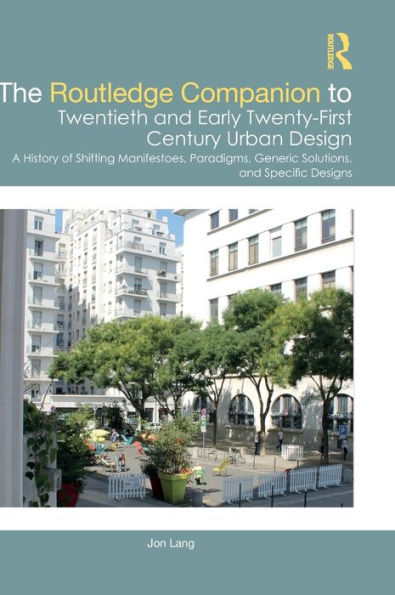Table of Contents
Prologue: The Nature of Urban Design Part One: Antecedents of Twentieth Century Urban Design
Chapter 1. Religious Canons and Prescriptions
Chapter 2. The Classical and Beaux Arts Tradition
Chapter 3. Social and Philanthropic Urban Design
Chapter 4. The Garden Suburb
Chapter 5. The Urbanist Tradition
Part Two: Early Twentieth Century Manifestoes, Paradigms, Generic Concepts, and Specific Designs
Chapter 6. The City Beautiful
Chapter 7. Modern Empiricism
Chapter 8. The Rationalist Response
Part Three: Post-World War Two Pragmatic Urban Design and The Rationalist and Empiricist Responses
Chapter 9. The Post-World War Two Rationalists
Chapter 10. The Post-World War Two Empiricists
Chapter 11. The Postmodernist and The Deconstructivist Response
Part Four: Urban Design in an Age of Corporate Financial Capital
Chapter 12. Modernist, Neo-Modernist, and Hyper-Modernist Urban Design
Chapter 13. Hyper-Modernism, Parametricism, and Urban Design
Chapter 14. The Empiricist Responses
Chapter 15, Sustainable Urbanism and Urban Design
Chapter 16. Smart Cities and Urban Design
Epilogue: Looking Back to Look Forward
Chapter 17. A Critique of Twenty and Early Twenty-First Century Urban Design
Chapter 18. The Way Forward: Toward Compact Cities



